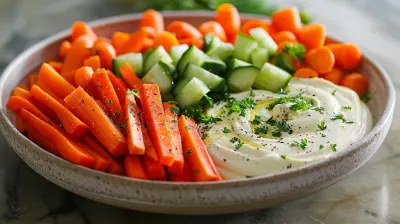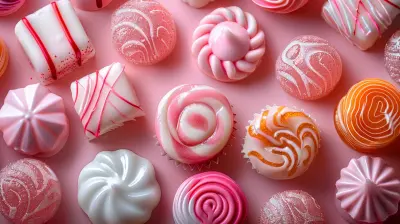Protein Sources for Vegans and Vegetarians
1 September 2025
Switching to a plant-based diet? One of the first concerns that pop up is, "Where will I get my protein?" Protein is essential for muscle growth, tissue repair, and overall health—but don’t stress, you don’t need meat to get enough of it.
Whether you're vegan or vegetarian, there are plenty of high-quality protein sources to keep you strong and thriving. Let’s dive into the best plant-based protein options and how to incorporate them into your diet. 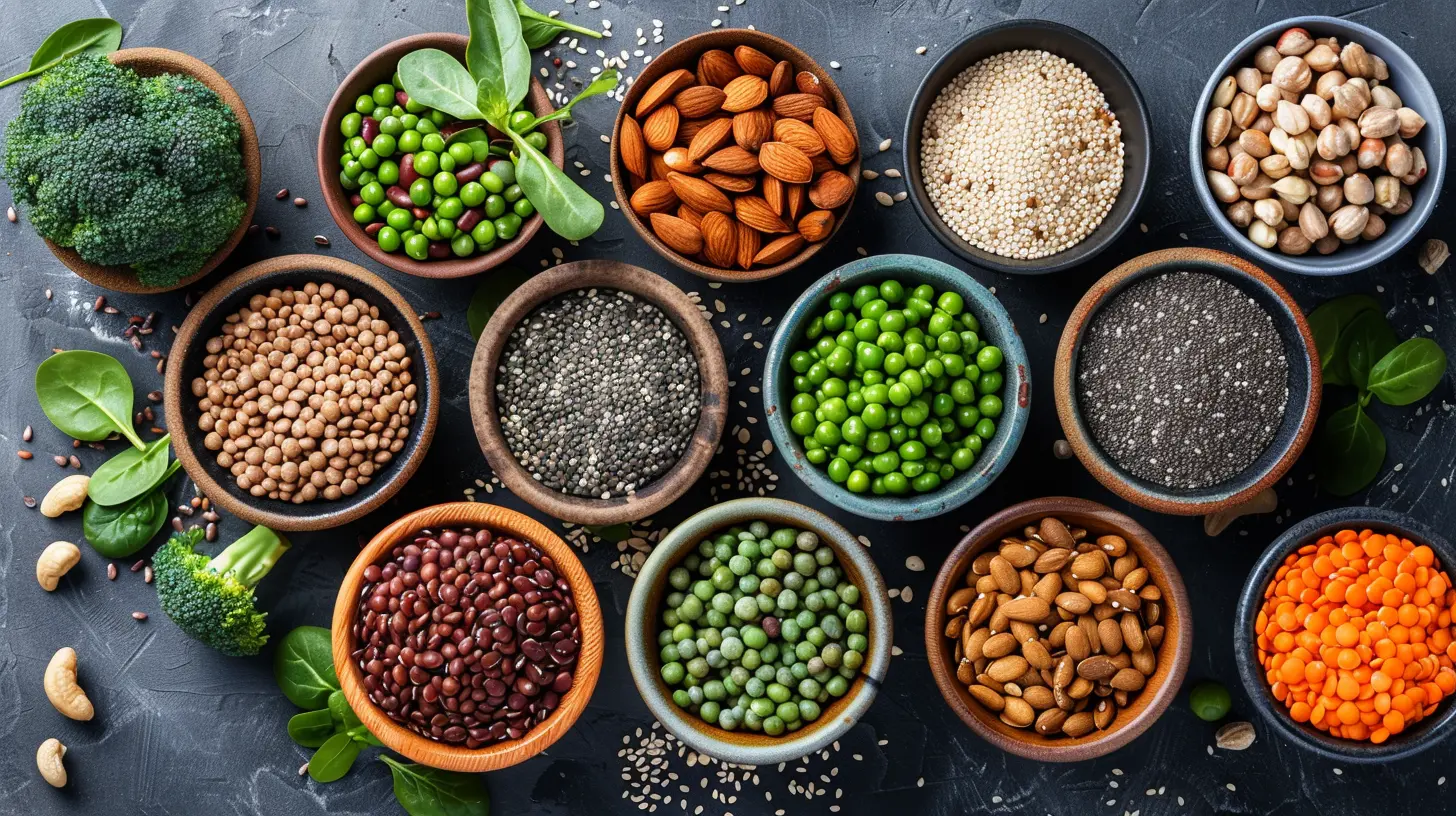
Why Is Protein Important?
Before we get into the sources, let’s talk about why protein matters. Your body relies on protein for almost everything—your muscles, skin, hair, and even hormones. It’s made up of amino acids, some of which your body can’t produce on its own (these are called essential amino acids).Meat and dairy contain all essential amino acids, but guess what? So do plenty of plant-based options! The key is knowing where to look and how to mix them for a balanced diet. 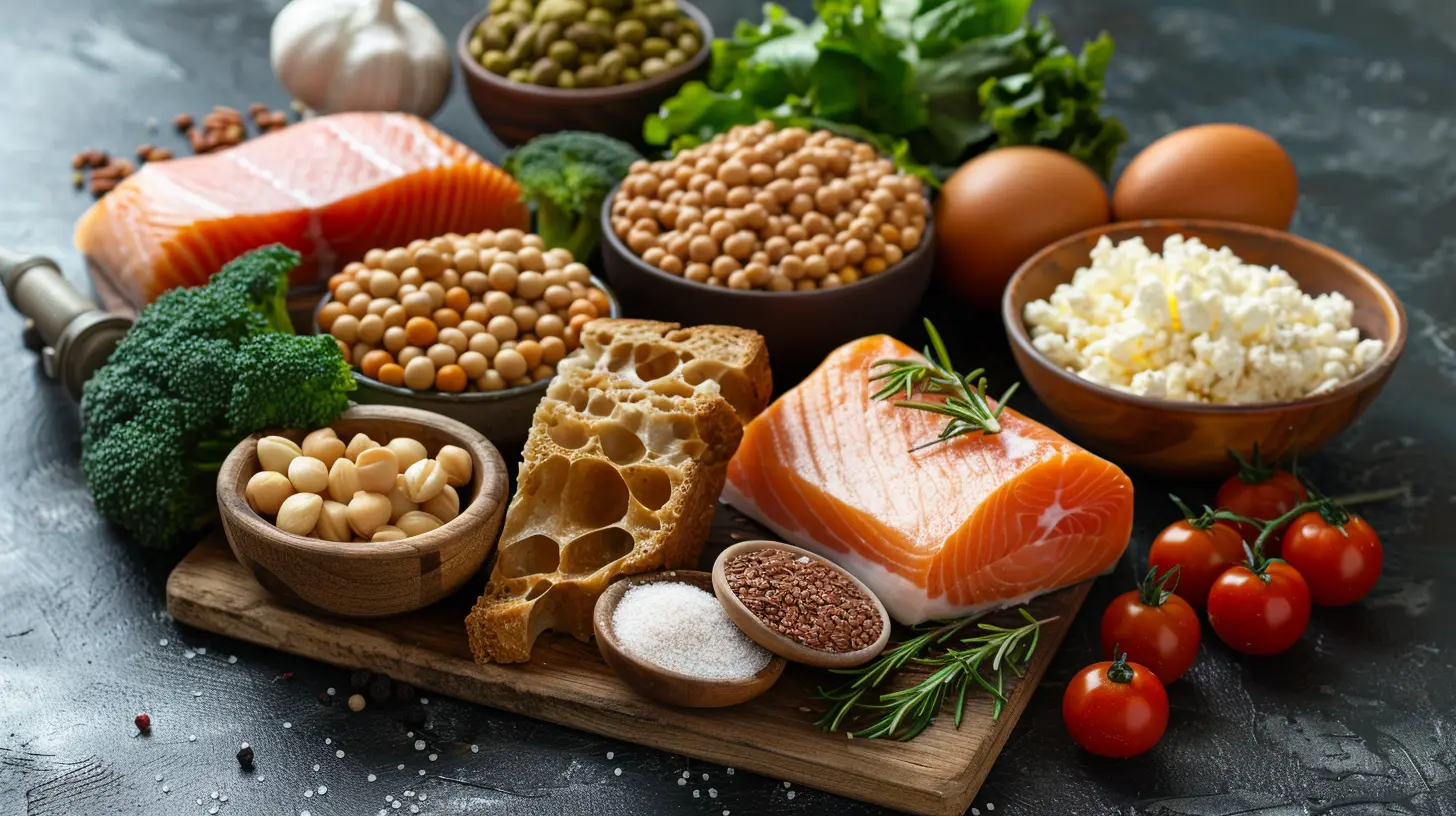
Best Protein Sources for Vegans and Vegetarians
1. Legumes: Powerhouses of Protein
Legumes, including beans, lentils, and peas, are some of the best plant-based protein sources. They're affordable, versatile, and packed with fiber, which helps with digestion.- Lentils (18g protein per cooked cup)
- Chickpeas (15g protein per cooked cup)
- Black beans (15g protein per cooked cup)
- Peas (9g protein per cooked cup)
Try adding lentils to soups or making a hearty chickpea salad. Beans are fantastic in tacos, burgers, or even blended into dips like hummus.
2. Tofu, Tempeh, and Edamame: The Soy Trifecta
If you’re looking for a complete protein, soy is your best bet. It contains all nine essential amino acids, making it a fantastic alternative to meat.- Tofu (10g protein per ½ cup) – Super versatile! Grill it, sauté it, or blend it into smoothies.
- Tempeh (20g protein per ½ cup) – Fermented soybeans that have a nutty flavor and firmer texture.
- Edamame (17g protein per cooked cup) – Young soybeans that make a great snack or salad topping.
Worried about soy? Moderate amounts are perfectly healthy for most people, and research shows no negative effects when consumed as part of a balanced diet.
3. Quinoa: The Supergrain
Unlike most grains, quinoa is a complete protein! One cup of cooked quinoa packs 8g of protein, plus fiber, iron, and magnesium.Use quinoa as a base for grain bowls, mix it into salads, or swap it out for rice in stir-fries. It’s gluten-free, making it perfect for those with sensitivities.
4. Nuts and Seeds: Tiny But Mighty
Nuts and seeds offer a protein boost along with healthy fats and micronutrients.- Almonds (7g protein per ¼ cup)
- Walnuts (4g protein per ¼ cup)
- Chia seeds (5g protein per 2 tbsp)
- Flaxseeds (4g protein per 2 tbsp)
- Hemp seeds (10g protein per 3 tbsp)
- Pumpkin seeds (7g protein per ¼ cup)
Sprinkle hemp seeds on oatmeal, toss flaxseeds into smoothies, or snack on almonds for a quick energy boost. Chia seeds even turn into a pudding-like texture when soaked—perfect for breakfast or dessert.
5. Whole Grains: More Than Just Carbs
Many whole grains provide a surprising amount of protein. While they may not contain as much as legumes or nuts, they play an important role in a balanced plant-based diet.- Oats (6g protein per cooked cup) – Great for breakfast or smoothies.
- Brown rice (5g protein per cooked cup) – Pair with beans for a protein-packed meal.
- Barley (4g protein per cooked cup) – Perfect for soups and stews.
- Farro (6g protein per ½ cup) – A chewy, nutty grain that works well in salads.
6. Seitan: The Ultimate Meat Substitute
Seitan, also known as "wheat meat," is a fantastic plant-based protein. Made from gluten (the protein in wheat), it has a meaty texture and absorbs flavors well.- Seitan (21g protein per 3 oz)
You can sauté, grill, or bake it—making it a great alternative for dishes that traditionally use chicken or beef. Just keep in mind that seitan isn’t suitable for those with gluten sensitivities.
7. Plant-Based Protein Powders
Sometimes, getting enough protein from whole foods can be tough, especially for athletes or those with higher protein needs. That’s where plant-based protein powders can help.Popular options include:
- Pea protein (Rich in iron, easy to digest)
- Brown rice protein (Hypoallergenic and great for blending)
- Hemp protein (Contains omega-3s and fiber)
- Soy protein (Complete protein source)
Mix them into smoothies, oatmeal, or even baked goods for an extra protein punch.
8. Dairy & Eggs (For Vegetarians)
If you include dairy and eggs in your diet, you’ve got even more high-quality protein options.- Greek yogurt (20g protein per cup) – Thick, creamy, and packed with probiotics.
- Cottage cheese (14g protein per ½ cup) – Great for snacking or mixing into meals.
- Eggs (6g protein per egg) – One of the most bioavailable protein sources.
Pair eggs with toast, add Greek yogurt to smoothies, or use cottage cheese as a high-protein snack. 
How to Get Enough Protein on a Plant-Based Diet
Now that you know where to find plant-based protein, how do you make sure you're getting enough? Here are some simple tips:✔ Mix and match foods – Pair beans with rice, nuts with whole grains, or tofu with veggies for a full spectrum of amino acids.
✔ Incorporate protein into every meal – Instead of eating all your protein in one meal, spread it throughout the day.
✔ Snack smart – Keep protein-rich snacks on hand like roasted chickpeas, trail mix, or hummus with veggies.
✔ Experiment with new recipes – Variety keeps things exciting. Try new plant-based meals to keep up your protein intake in delicious ways. 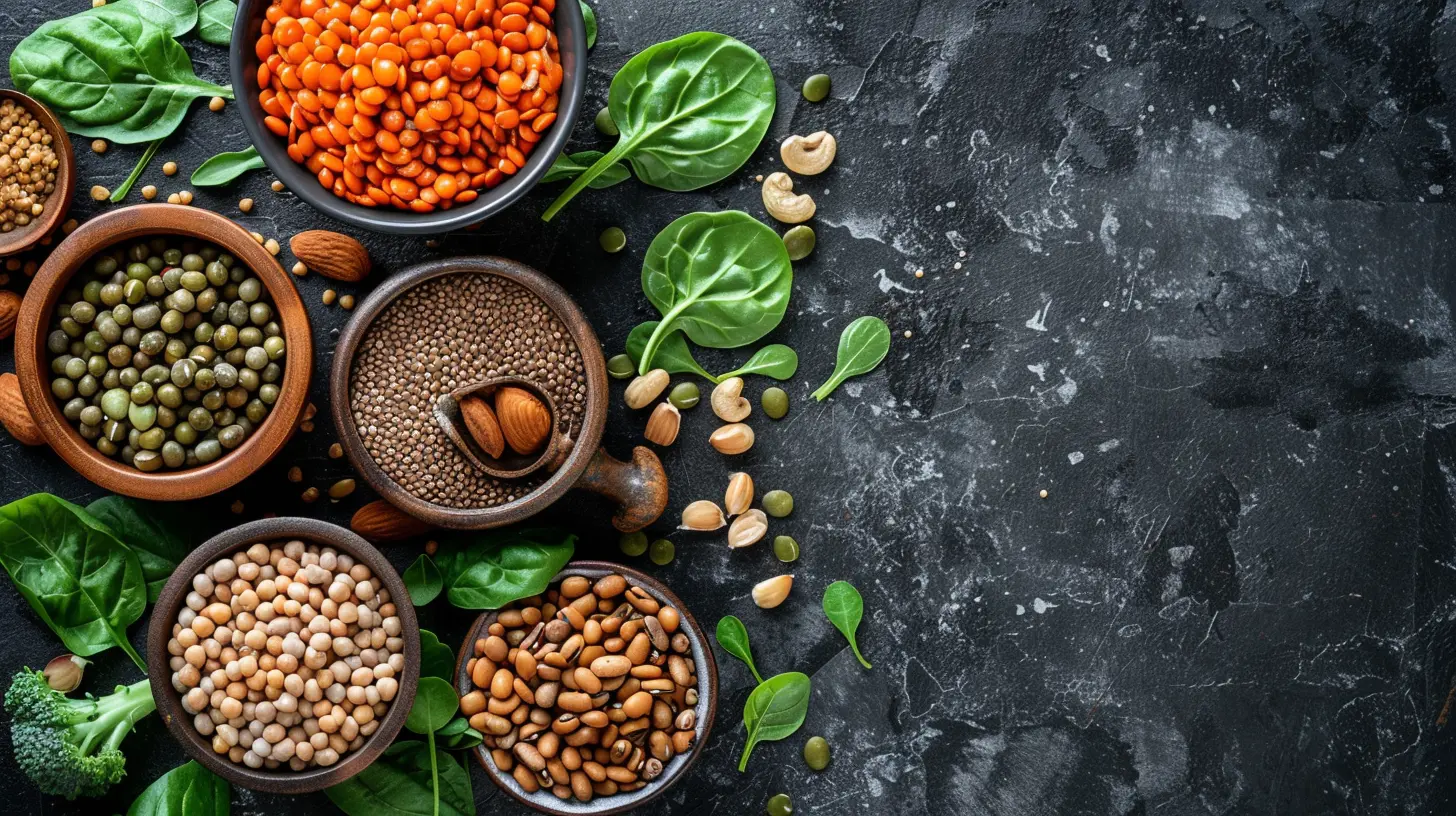
Final Thoughts
Going vegan or vegetarian doesn’t mean sacrificing protein. From beans and tofu to quinoa and nuts, there are plenty of delicious, nutritious options to keep you fueled. It’s all about balance and creativity in the kitchen.So, next time someone asks, “Where do you get your protein?”—you’ll have plenty to say!
all images in this post were generated using AI tools
Category:
NutritionAuthor:

Eileen Wood
Discussion
rate this article
1 comments
Juniper McCarty
Incorporating diverse protein sources is essential for vegans and vegetarians to thrive. From legumes and nuts to quinoa and tofu, a well-planned plant-based diet can provide all the necessary nutrients for optimal health and vitality.
September 23, 2025 at 2:57 AM

Eileen Wood
Absolutely! A varied diet rich in legumes, nuts, quinoa, and tofu is key to ensuring vegans and vegetarians meet their nutritional needs for health and vitality.
